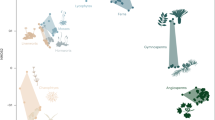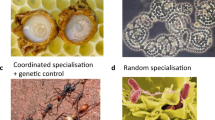Abstract
Symmetry has attracted a substantial amount of effort because considerable simplifications are possible in the mathematical and physical treatment of phenomena and natural systems that possess a certain degree of symmetry. Among physical and chemical systems the most widely known are those related to crystals and fluids. Whereas crystals have a lattice structure and a symmetry caused by ‘perfect’ order which can be classified by mathematical symmetry groups, most fluids have an average isotropic, highly-disordered ‘structure’ that is often considered to be random.Asymmetry is widely encountered in Biology and ecological systems- from amino acids to trees forests, and tribes, from physiological processes to anatomy- one often finds asymmetry to be present , although symmetries are also encountered whenever nature affords it. An important case is that of cell biomembranes that possess a marked structural and functional asymmetry which is essential to the survival of cells and microorganisms. Asymmetry both in time and selection ‘criteria’ plays a key role in the evolution of organisms and species.
Similar content being viewed by others
Article PDF
Author information
Authors and Affiliations
Corresponding author
Rights and permissions
About this article
Cite this article
Baianu, I. On Asymmetry in Biology and Nature. Nat Prec (2012). https://doi.org/10.1038/npre.2012.7134.1
Received:
Accepted:
Published:
DOI: https://doi.org/10.1038/npre.2012.7134.1



